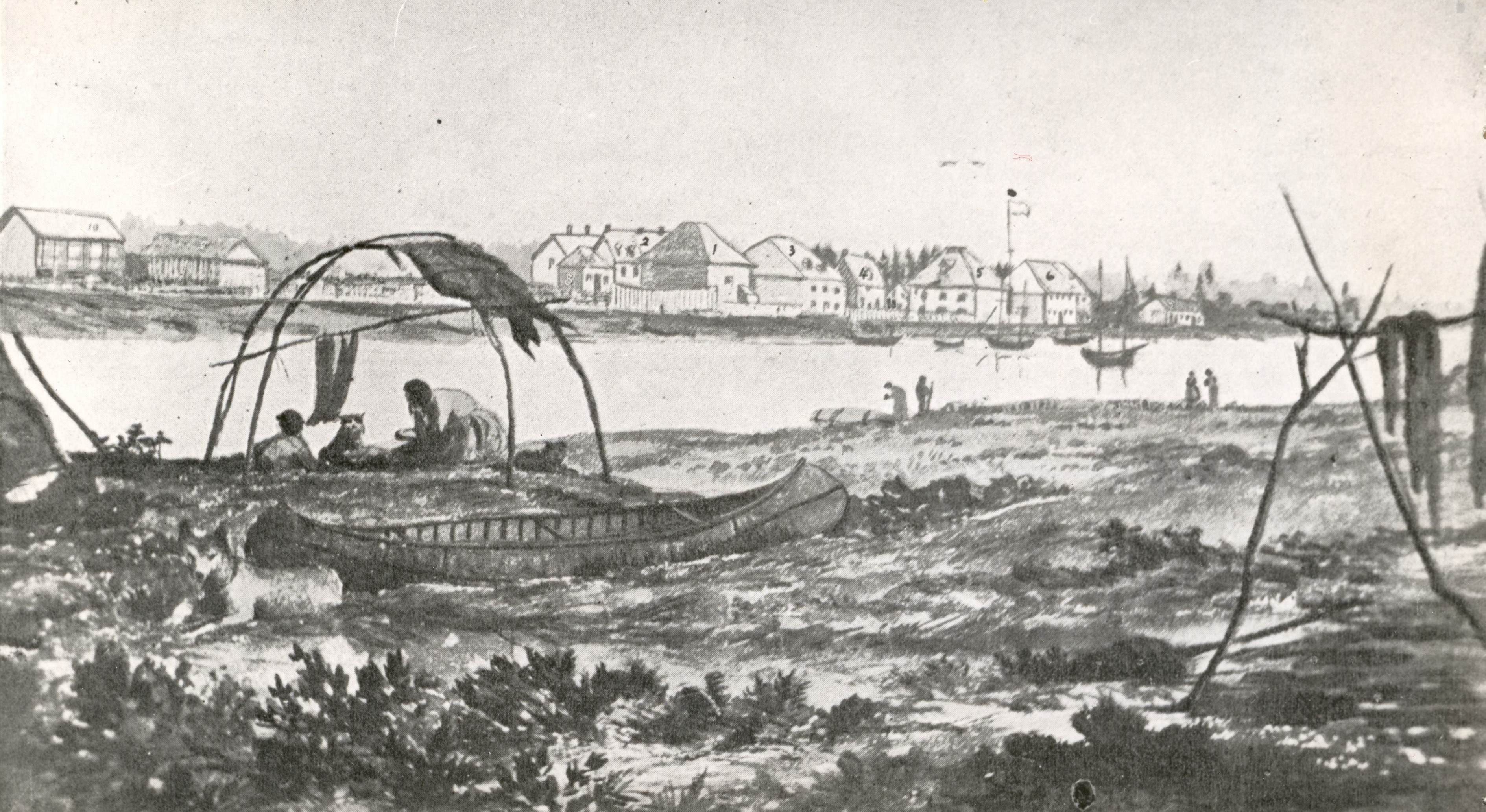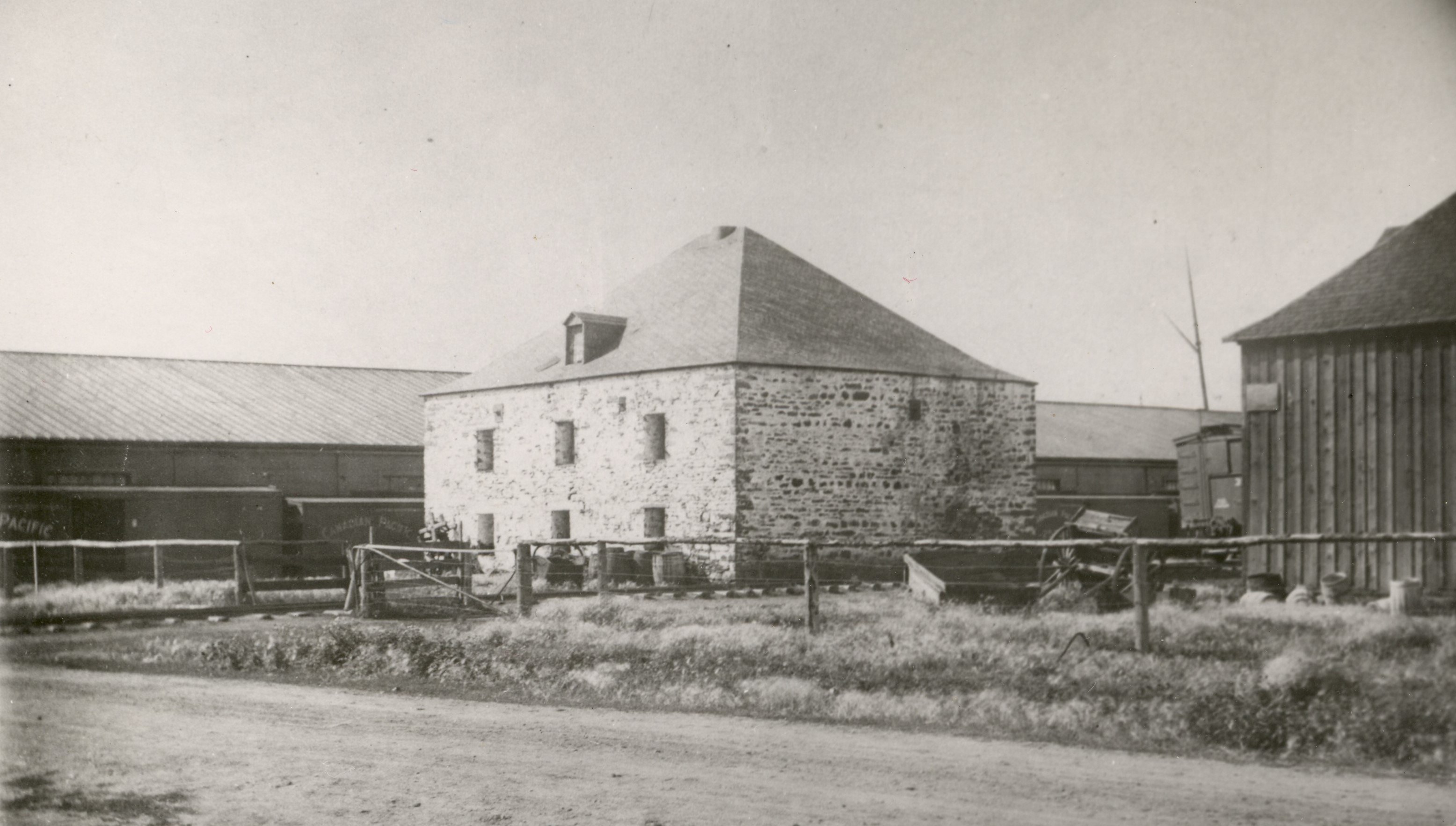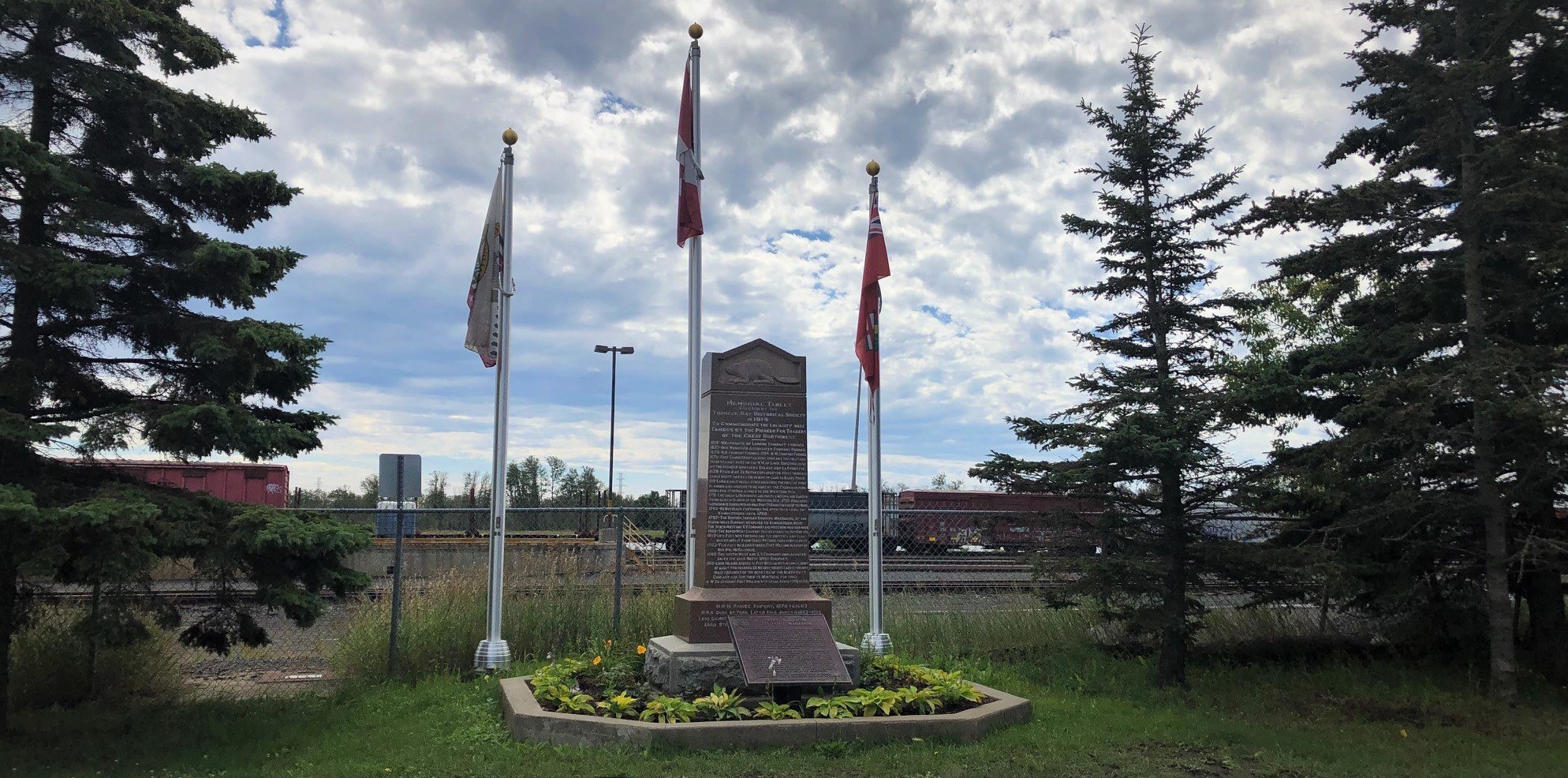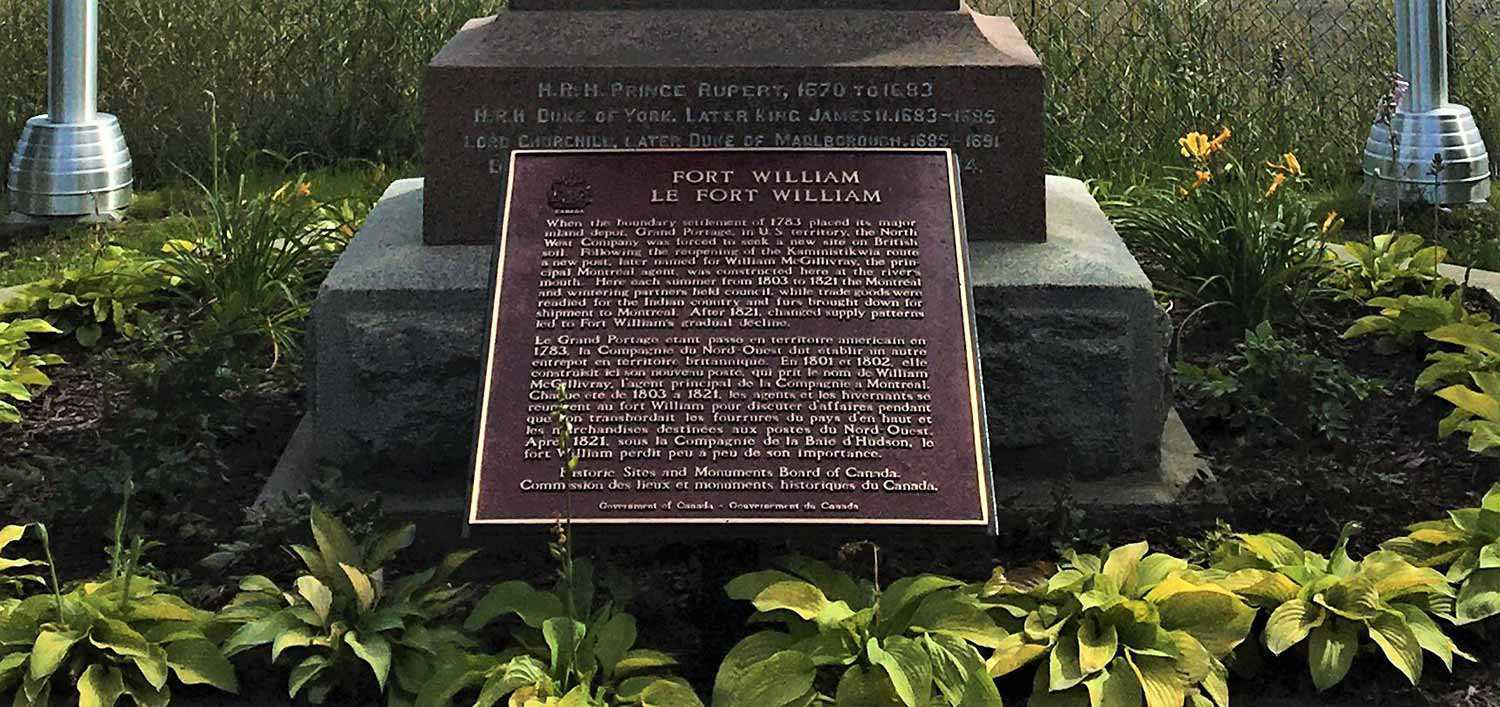Fort William National Historic SiteDigital Doors Open Thunder Bay
- Digital Doors Open
- Videos
- Activities and games
- Collections and resources
- Kid-friendly
Discover the original location of the fur-trading post lying at the heart of Thunder Bay and the mouth of the Kaministiquia River. This location saw First Nations camps, fur-trade boom and bust, the rise of the railway and growth of today’s neighbourhood. Fort William was the inland headquarters of the North West Company, the largest fur-trading enterprise in the world. At its peak in 1816, it was the hinge of an empire. Once the North West Company and the Hudson’s Bay Company merged in 1821, Fort William became a smaller regional trading post; most of its buildings were demolished by the 1880s to make way for the Canadian Pacific railyards. Archaeological excavations have unearthed artifacts from the fur trade and make it possible to overlay the 1816 fort plan on modern-day maps. As birchbark canoes were replaced by locomotives, vibrant and ethnically diverse east-end neighbourhoods sprang up around the fort. Many of the residents worked for the railways, grain elevators and coal-handling facilities. In 1968, Parks Canada recognized the original location of the Fort William fur trading post as a National Historic Site. The plaque commemorating it is part of the Heritage Hide’n’Seek Geocaching Series. The Province of Ontario built a reconstruction of old Fort William as a tourist attraction, which opened to the public in 1973 at Point De Meuron, nine miles up the Kaministiquia River.
Contact info
500 McNaughton StreetThunder Bay, Ontario
https://www.pc.gc.ca/apps/dfhd/page_nhs_eng.aspx?id=526&i=64413
Architecture
Year built: 1803 (North West Company); 1916 (memorial tablet erected)Building type:Historical landmark
Architect: North West Company



